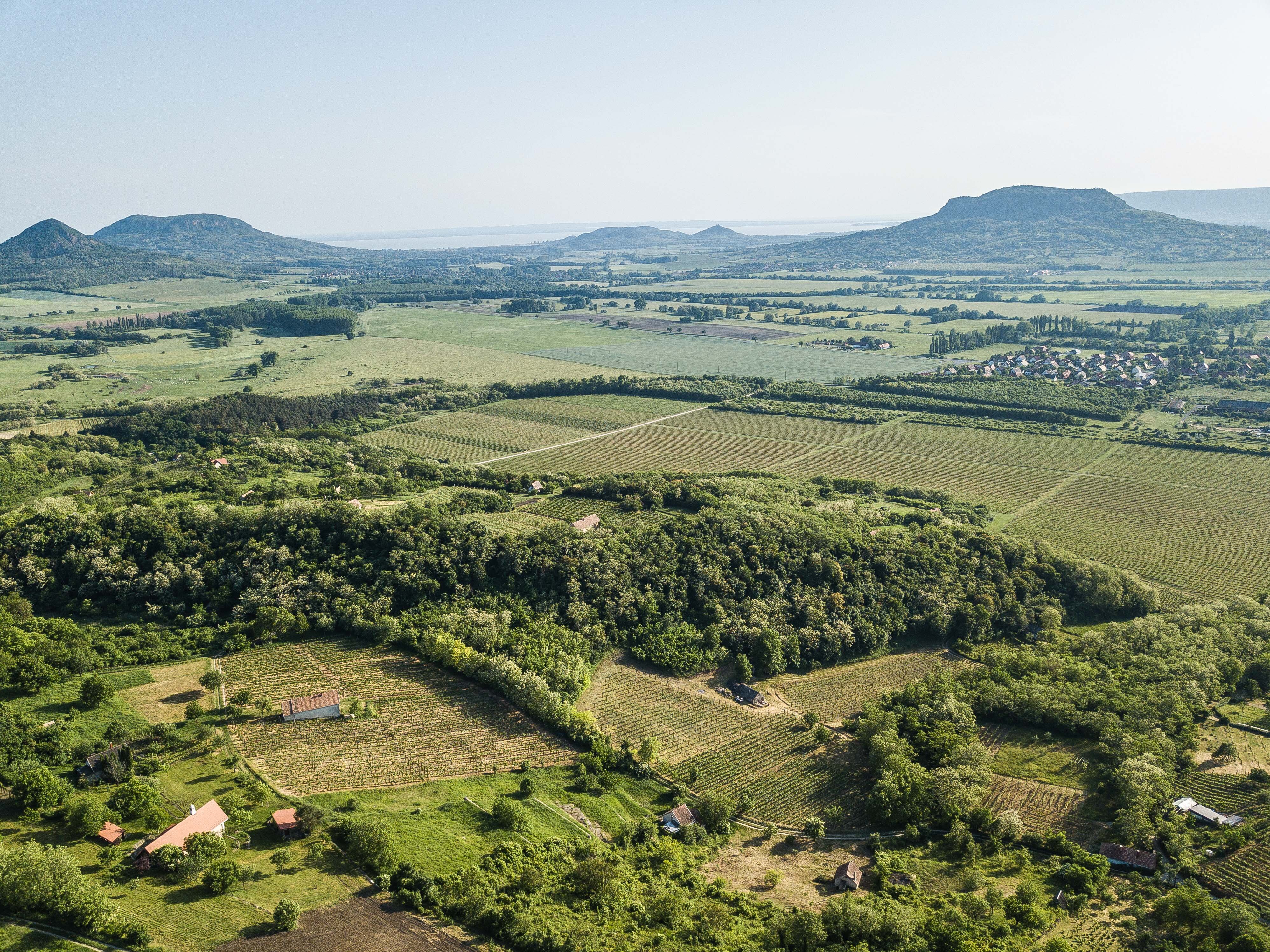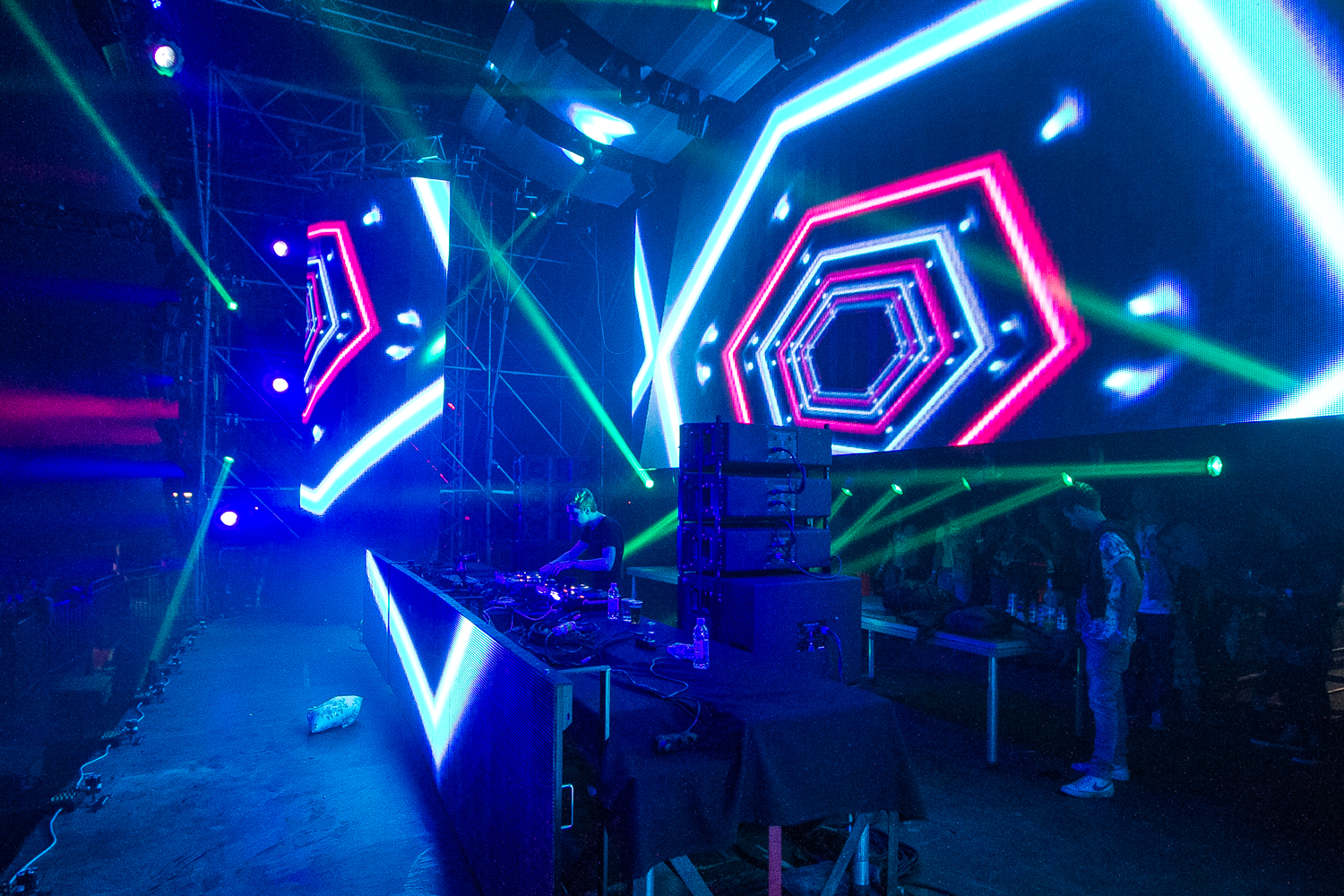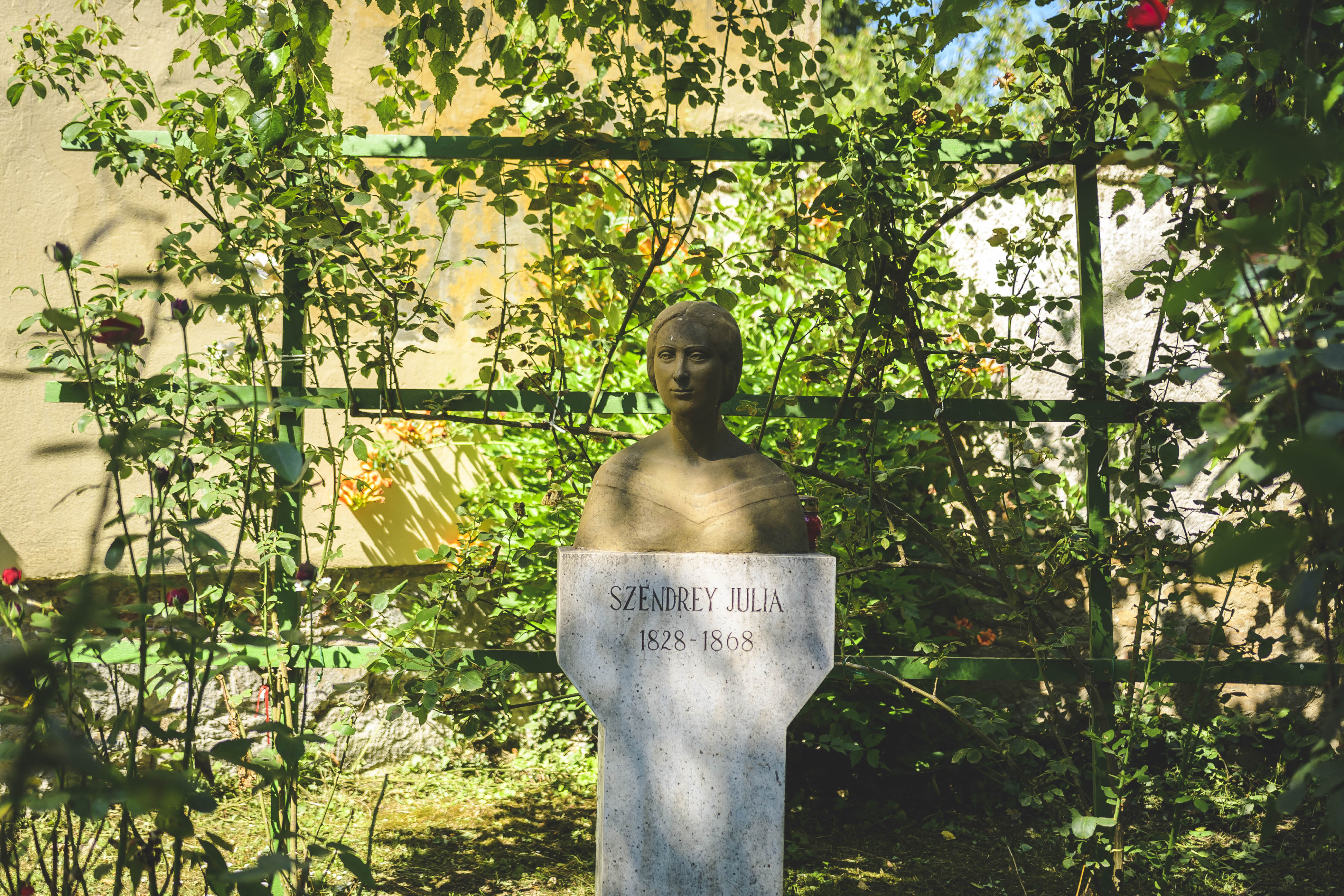Hilly, historic and in parts volcanic, Balaton’s north shore differs in character from its southern counterpart a regular ferry hop away. Older visitors and oenophiles are drawn to the venerable sights and fine wines of the north while a bohemian fraternity has moved into the once deserted villages of the nearby Káli Basin to set up inventive bars and eateries. Further north, Veszprém offers a lively cultural agenda within easy reach of Balaton.
Without the family hordes or partygoers drawn to the busy resorts and nightspots of the south shore, the opposite bank tends to offer a more sedate experience. The north shore is served by MÁV trains from Budapest Déli and Kelenföld stations, not as frequent or as direct as those heading for the south shore. See this article for details.
The north shore is where you’ll find Balaton’s main cultural attractions, most notably Tihany Abbey, occupied by Benedictine monks since its unveiling in 1055. Its foundation document, kept at Pannonhalma, is the oldest extant text in Hungarian. In recent years, the abbey has moved with the times, offering cult confectionery and lavender beer produced on site, and guided tours in English. The abbey’s iconic towers rise above a spit of land at the narrowest point between the two shores – the year-round ferry crossing from Szantód only takes eight minutes.

The other major north-shore sight is the Baroque Festetics Palace in Keszthely at Balaton’s far western end. It was developed by the local noble dynasty, most notably Count Tasziló Festetics, whose Scottish wife, Lady Mary Douglas-Hamilton, ditched Monaco, and Albert I, for Keszthely. Though the last of the Festetics fled in 1944, the family’s Georgikon library remains in place. Visitors can also admire the 18 ornate rooms as well as exhibitions related to hunting, coaches and model railways.

Beyond Keszthely lies Hévíz, Hungary’s most iconic thermal lake, surrounded by spa hotels.

Between Tihany and Keszthely, Badacsony sits at the base of the volcanic hill of the same name, whose soil was cultivated for wine production as far back as Roman times. The slopes are still scattered with vineyards, interspersed with family-run cellars where you can sample the revived and now fashionable Kéknyelű produced here.

This is also fabulous hiking country, where you can discover ancient castle ruins up Csobánc Hill or strange basalt pillars atop Szent György Hill. The remains of medieval Szigliget Castle are open year-round. Those feeling particularly active can scale Tóti Hill, whose steep summit provides jaw-dropping views of the surrounding Tapolca Basin.

Part of the six protected landscape areas of the Balaton-felvidék National Park, the Káli Basin is both a geographical curiosity, with its bizarre basalt features, and a witness to the wave of bohemian creatives who have arrived here from Budapest. This has resulted in the gastro hub of Köveskál, where notable inventive eateries have earned praise in the UK press, popular underground drinking destinations such as Káli-Kapocs and sundry cultural initiatives.

Hilltop vantage points and observation posts abound. Atop Fekete Hill near Köveskál, the Károly Eötvös Lookout Tower offers a complete Balaton panorama.

For nearby beach action, head to Zánka, where water basketball, a sandy volleyball court and WiFi keep sunworshippers occupied. A modest admission is charged between mid-June and early September, standard practice for the north shore where the water is deeper and not as kiddie-friendly as the free swimming areas on the south bank.

The other main resort, Balatonfüred, is considered the de facto capital of the north shore. A main centre for sailing, with two marinas, ’Füred is the home of the annual round-Balaton regatta, the Blue Ribbon. Crowds gather along the busy promenade parallel to the lake, Tagore sétány. Dotted around this bustling town, and at nearby Csopak, you’ll find a handful of new-school bistros and outlets for the Olaszrizling wines produced here. Acclaimed wineries such as Szent Donát, Homola and Jásdi belong to a local fellowship, which names the most select varieties every autumn, the so-called Csopaki Kódex.

Alongside Csopak, the village of Paloznak is the unlikely setting for one of Balaton’s fastest-growing music events, the Jazz Picnic. Headliners for 2019 include The Jacksons and Maceo Parker.

A short drive north of Csopak, Veszprém is the largest town in the Balaton region. Here July’s VeszprémFest attracts big-name mainstream acts, such as Lisa Stansfield, Herbie Hancock and Tom Jones. For 2019, look out for Caro Emerald and Katie Melua.




